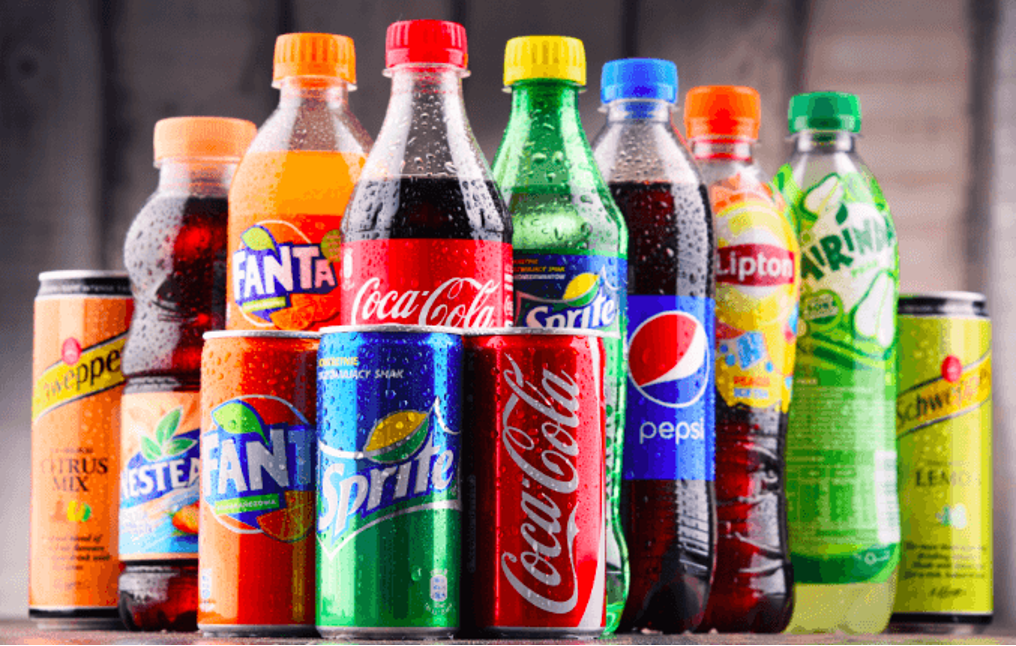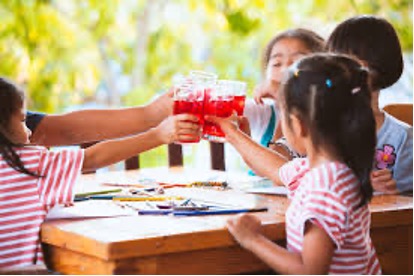Sweetened Sugar Beverages Information

Information
Sugary drinks are the #1 source of added sugars in the U.S. diet. Examples of sugary beverages include regular soda, fruit drinks, sports drinks, juice, energy drinks and more… Consuming too much sugar increases the risk of heart disease, obesity, high blood pressure, diabetes, and tooth decay. In the American diet, according to the U.S. Centers for Disease Control and Prevention, particularly among people living in poverty and racial/ethnic minority groups. Fifty percent (50 %) of excess calories consumed by Americans comes from sugary drinks. The American Heart Association recommends that children and teens limit sugar-sweetened drinks to 8 ounces per week — that’s less than a regular 12-ounce soda can. As an overall daily limit on added sugar, young people should get less than 6 tablespoons (which is about 100 calories or 25 grams). Compare that to the whopping 39 grams of sugar found in a 12-ounce can of soda. Plus, with added sugar hiding in seemingly innocent foods like pasta sauce, yogurt, and salad dressing, it’s all too easy for children and teens to go over the limit in just one meal — without accounting for treats. |

What is the correct amount of sugar?
First, sugar is either natural or added and not just sucrose, it can also be in the form of sucrose, dextrose, table sugar, corn sugar, syrups, honey, lactose, raw sugar, molasses, and sugars from concentrated fruit or vegetable juices. The latest recommendation for the amount of sugar is:
|
Who is drinking more sweetened sugar beverages?
Adults and adolescents who smoke, don’t get enough sleep, don’t exercise much, eat fast food often, and who do not eat fruit regularly are more likely to be frequent consumers of sugar sweeten beverage (SSB’s). Additionally, adolescents who frequently drink SSB’s also have more screen time, including more time with televisions, cell phones, computers, and video games.(CDC).

Reading Labels
How do you calculate how much sugar is in food? Use the “divide by 4” rule of simple sugar math. Take the calories and divide by 4 to get the grams of added sugar. For 200 calories, this is 50 grams. |
Things to Note
Total Sugars 13 grams
Ingredients: Citric acid is erosive to teeth. Water would be a better choice.
Please read your labels for hidden sugar! Hidden sugar is in items like ketchup, milk, salad dressing, peanut butter, yogurt, snack bars and many more.

What do you drink?

Resources
|


